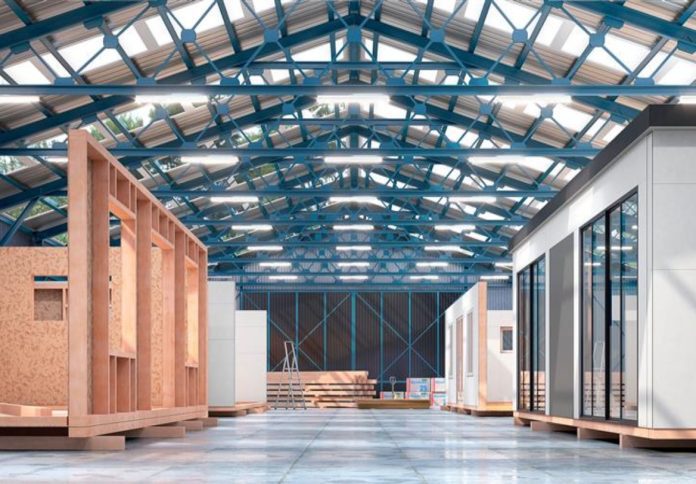
The Australian Government is ramping up efforts to address the country’s housing crisis, with a major investment in housing supply and affordability.
As part of its latest Budget, the government has committed $33 billion to housing initiatives, including a targeted $54 million investment in advanced manufacturing for prefabricated and modular home construction, as revealed in a media release.
“We’re tackling the housing crisis head-on by building more homes, using new technologies, and making it easier for Australians to buy them,” Minister for Housing Clare O’Neil said.
“We’ve got a big goal to build 1.2 million new homes in five years and to reach that we need to build homes in new ways – using methods like prefab we can build homes up to 50 per cent faster.”
A key component of the plan is to increase support for first-home buyers through an expansion of the Help to Buy scheme.
The scheme’s income and price caps will be lifted, making more Australians eligible to purchase a home with a lower deposit and a smaller mortgage.
The program will now support 40,000 Australians, with the government contributing up to 40 per cent of the purchase price through a shared equity loan.
“I’ve got a pretty straight?forward goal here – to make sure that ordinary, working class Australians can buy a home of their own. That’s why we’re expanding Help to Buy so that most first home buyers are eligible,” O’Neil added.
To further support home construction, the government will invest $49.3 million in state and territory programs aimed at growing the prefabricated and modular housing industry.
A further $4.7 million will fund the development of a voluntary national certification process to streamline approvals for offsite construction while ensuring high-quality standards.
“We’re backing Aussie manufacturers to build more quality houses, faster with this investment,” Minister for Industry and Science Ed Husic said. “Making a house in a factory instead of onsite can cut construction time in half.”
The latest housing measures build upon the government’s previous commitments, including the $10 billion Housing Australia Future Fund, which aims to deliver approximately 18,000 social and affordable homes, and a $1 billion fund for crisis and transitional accommodation.
Additionally, a two-year ban on foreign investors purchasing existing homes will take effect from April 2025, in an effort to ease demand pressures in the housing market.
The government said its approach seeks to balance supply-side solutions with affordability measures, aiming to create a steady pipeline of housing while supporting first-home buyers.
Meanwhile, the opposition has criticised the government’s housing policies, with Opposition Leader Peter Dutton committing to cutting $19 billion in housing funding and scrapping 110,000 planned homes if elected.
“Peter Dutton has committed to cutting $19 billion from housing and 110,000 homes if he’s elected,” O’Neil stated. “We can’t wind the clock back and repeat the decade of inaction seen under the Coalition.”
















